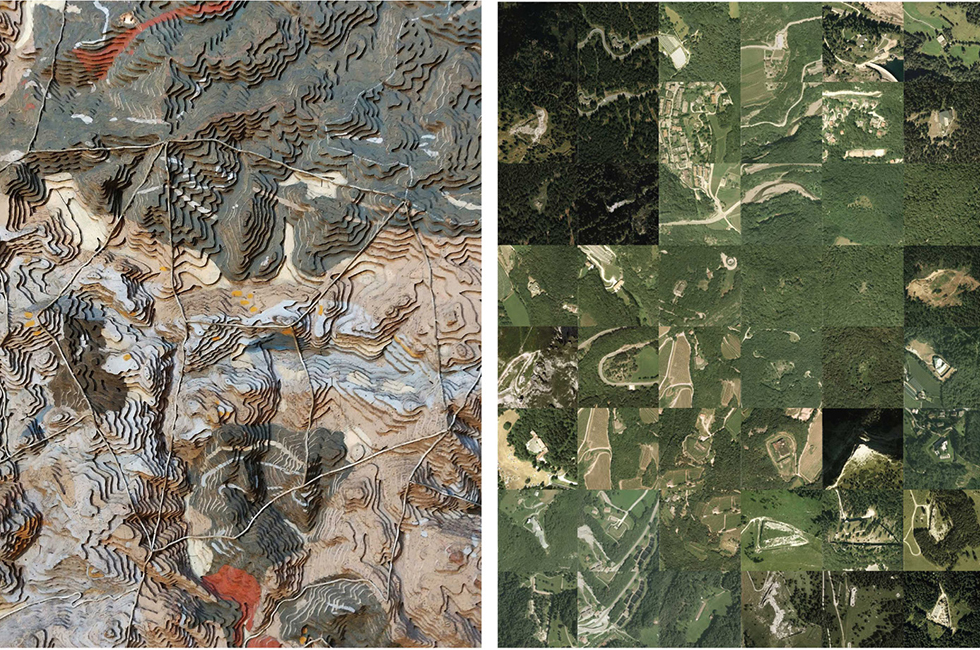Cyborg Mountains. Post-war and Post-mining Metamorphoses in the Border Areas between Trentino-Alto Adige and Sardinia
DOI:
https://doi.org/10.15168/xy.v9i15.3127Keywords:
geo-graphies, new ecologies, transformationsAbstract
The anthropic contribution, in geological terms, is now a widely recognised component in current debates, but it is often viewed exclusively in oppositional terms, as something foreign or disruptive compared to an assumed original naturalness of these contexts, particularly when we speak about mountains. Through the comparison of two distinct case studies, differing in location and genesis (war/extractive) but united by similar dynamics and evolutionary processes, we aim to analyze those situations in which the anthropic contribution participates in the creation of parts of mountains, new geographies, and hybrid geologies. In both the abandoned fortifications of the First World War in Trentino-Alto Adige and the post-mining landscapes of south-west Sardinia, the mountain has undergone a process of artificial transformation ex ante and ex post. These mutating organisms challenge the idea of a mere artefact, presenting a catalogue of new landforms, geographical objects, and geological volumes scattered between the Pre-Alps, Iglesiente, Vallarsa, and Sulcis, within a framework of ‘man-made’ natural elements. These contemporary fossils constitute topographical apparitions on a territorial scale, capable of reconfiguring entire geographical compartments through processes of addition, subtraction or accumulation: they resemble the products of new forms of archaeology, lying somewhere halfway between landscape and architecture. In a sort of cyclopean alchemy capable of reshuffling characteristics and attributes, concrete merges with granite, the extraction waste transforms into resources and emerging landscapes. The composition of these mineral organisms with unique characteristics, understood as geological splinters emerged from destructive or constructive processes, encourages a reconsideration of the notion of mountains and naturalness within a potential strategy of coevolution.

Downloads
Published
How to Cite
Issue
Section
License
Copyright (c) 2025 Sara Favargiotti, Adriano Dessì, Marco Ferrari, Roberto Sanna

This work is licensed under a Creative Commons Attribution-NonCommercial-ShareAlike 4.0 International License.

